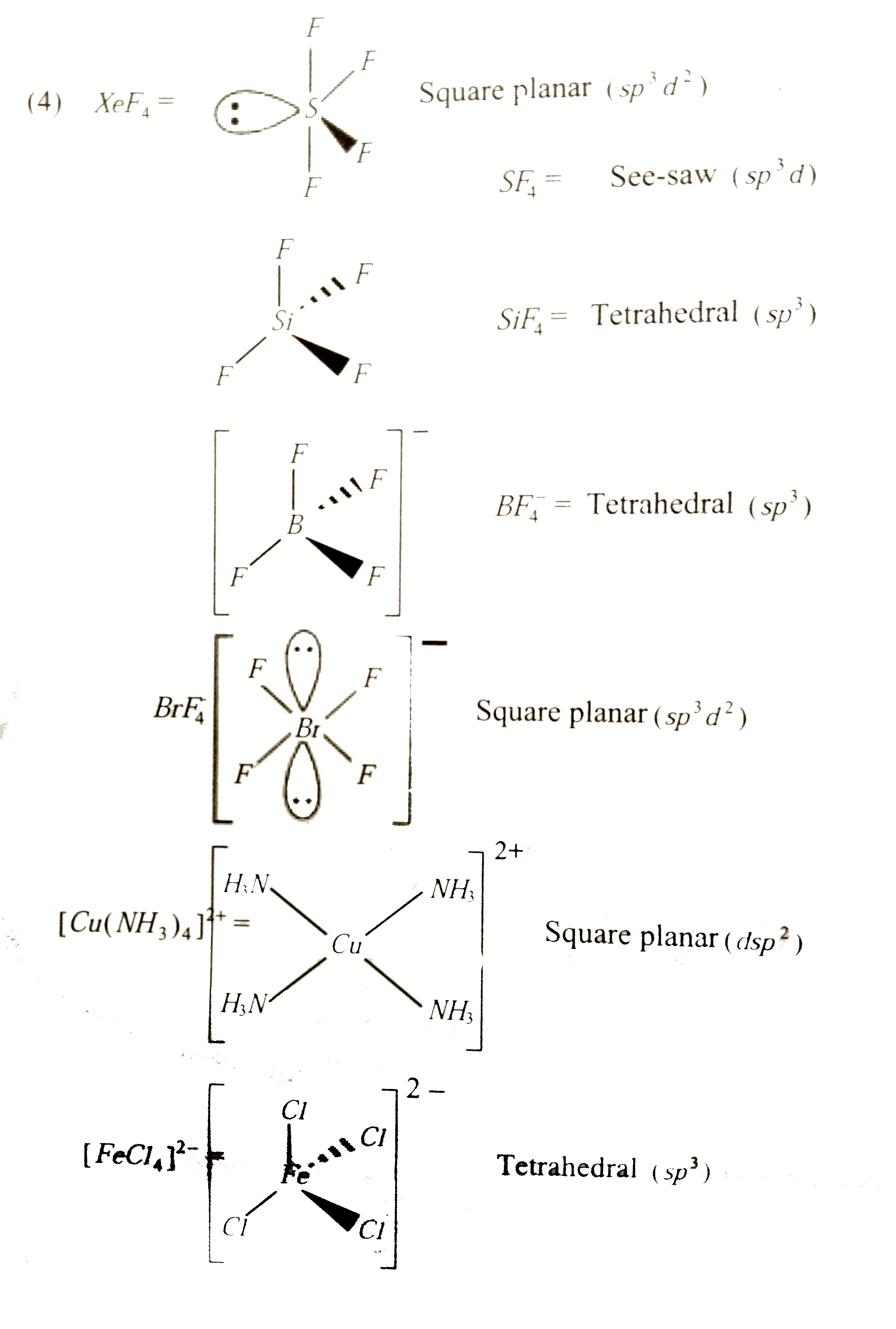A list of species having the formula of XZ4 is given below XeF4,SF4,SiF4,BF−4,BrF−4,[Cu(NH3)4]2+,[FeCl4]2−,[CoCl4]2− and [PtCl4]2−
Defining shape on the basis of the locatiion of X and Z atoms, the total number of species having a square planar shape is
The correct Answer is:4
Topper's Solved these Questions
- CHEMICAL BONDING BOOK - ERRORLESS CHAPTER - CHEMICAL BONDING EXERCISE - JEE Section (Matrix match type question)
4 Videos
- CHEMICAL BONDING BOOK - ERRORLESS CHAPTER - CHEMICAL BONDING EXERCISE - JEE Section (Jee (advanced ) 2018)
1 Videos
- CHEMICAL BONDING BOOK - ERRORLESS CHAPTER - CHEMICAL BONDING EXERCISE - JEE Section (Comprehension type question)
7 Videos
- CARBOXYLIC ACID AND THEIR DERIVATIVESBOOK - ERRORLESS CHAPTER - CARBOXYLIC ACID AND THEIR DERIVATIVESEXERCISE - Jee Section (Matrix Match type Questions)
2 Videos
- CHEMICAL EQULIBRIUMBOOK - ERRORLESS CHAPTER - CHEMICAL EQULIBRIUMEXERCISE - JS JEE SECTION (ONLY ONE CHOICE ANSWER (Matrix)
1 Videos
Similar Questions
Match each of the diatomic molecules in Column I with its property/properties in Column II.
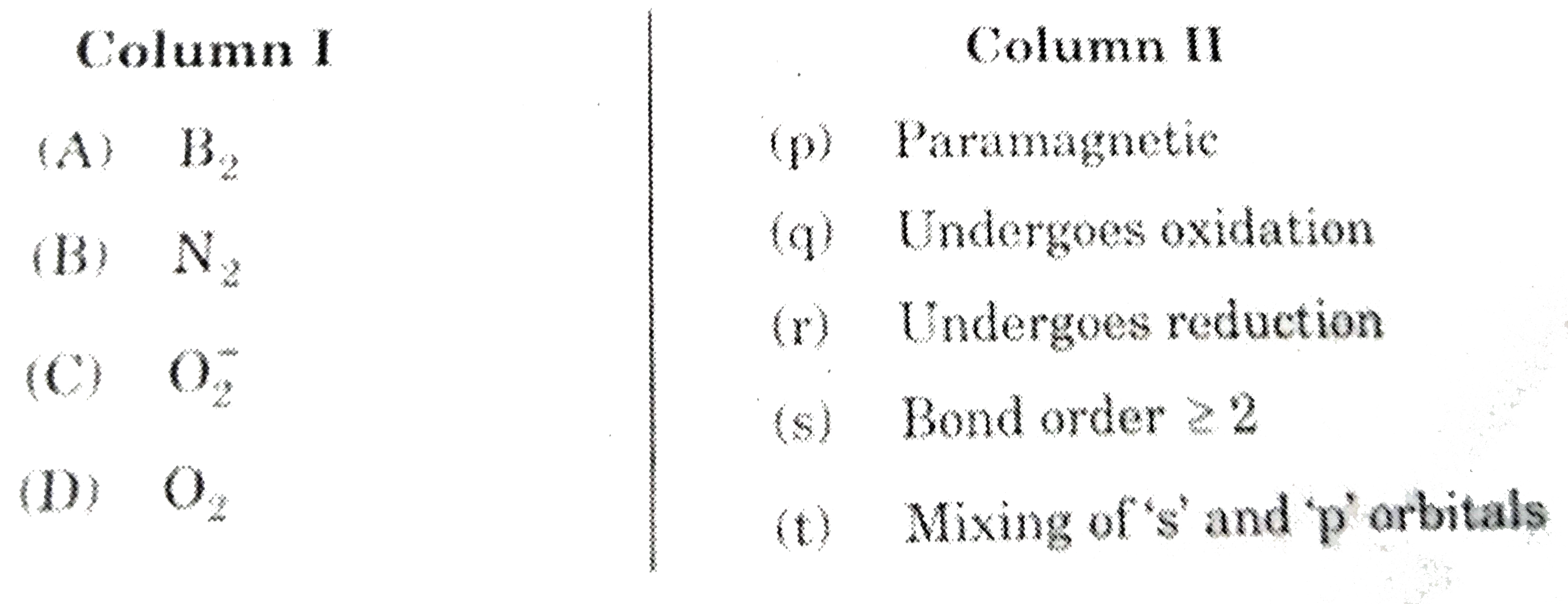
View SolutionMatch each set of hybrid orbitals from List -I with complex (es) given in List-II
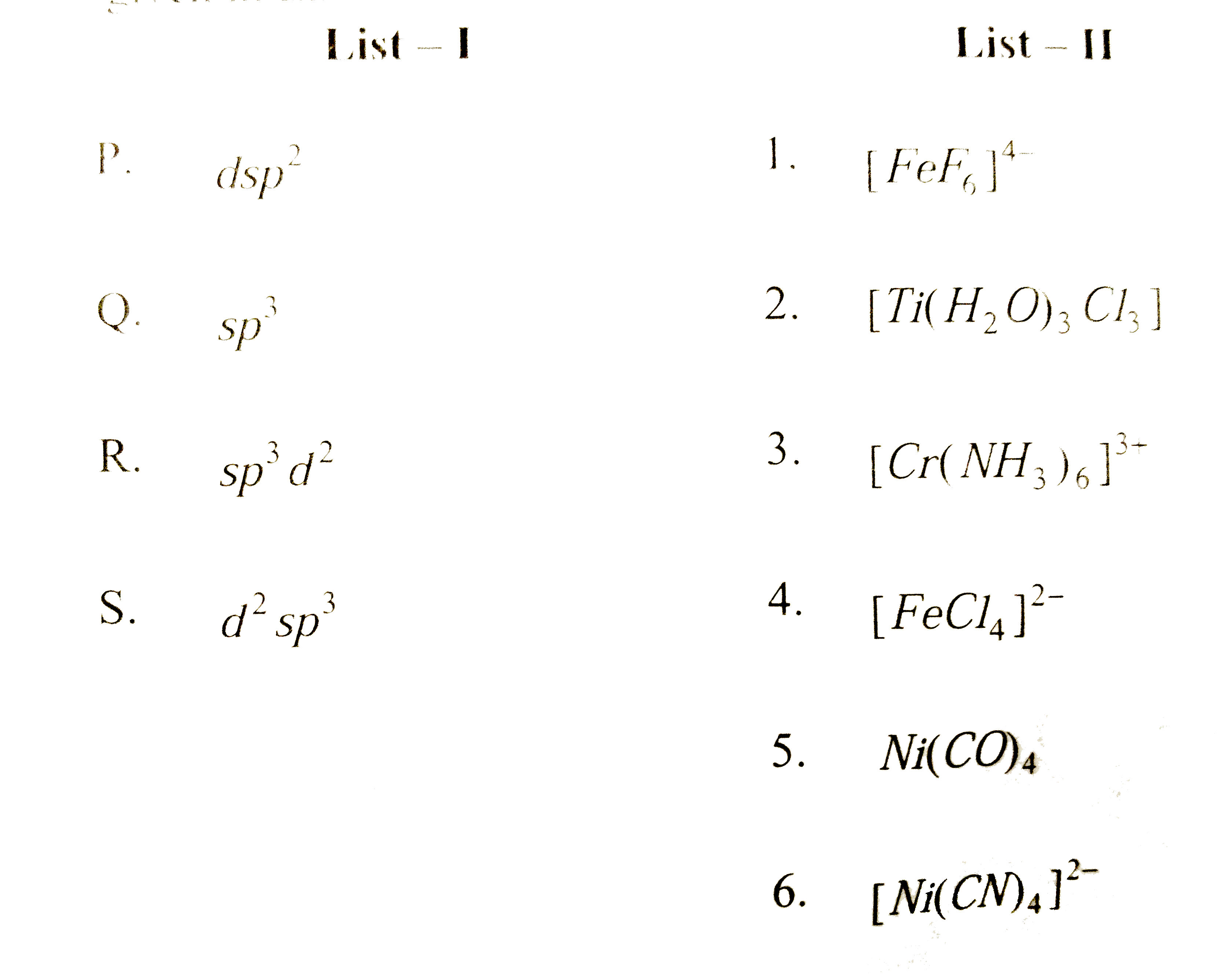
View SolutionAccording to MOT, two atomic orbitals overlap resulting in the formation of molecular orbital formed. Number of atomic orbitals overlapping together is equal to the molecule orbital formed. The two atomic orbital thus formed by LCAO (linear combination of atomic orbital) in the phase or in the different phase are known as bonding and antibonding molecular orbitals respectively. The energy of bonding molecular orbital is lower than that of the pure atomic orbitals by an amount Δ. This known as the stabilization energy. The enerby of antibonding molecular orbital in increased by Δ' (destabilisation energy).
Q. How many nodal plane is present in σsandp bonding molecular orbital ?
View SolutionDifferent possible thermal decomposition pathwasy for peroxyesters are shown below. Match each pathway from List-I with an appropriate structure from List-II and select the correct answer using the code given below the lists
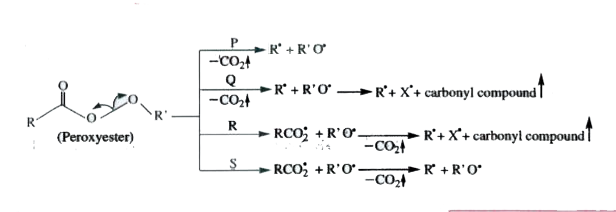
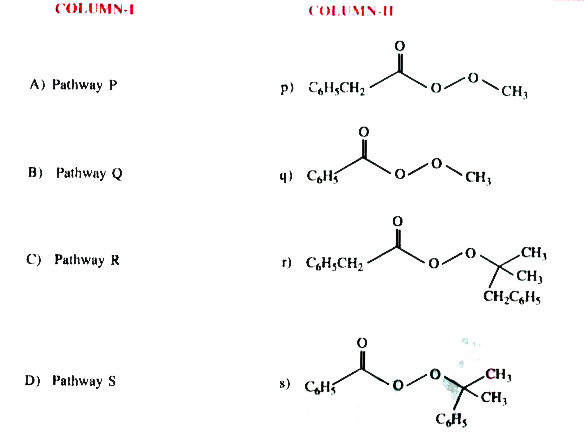
View SolutionMatch the entries listed in Column I with appropriate entries listed in Column II.
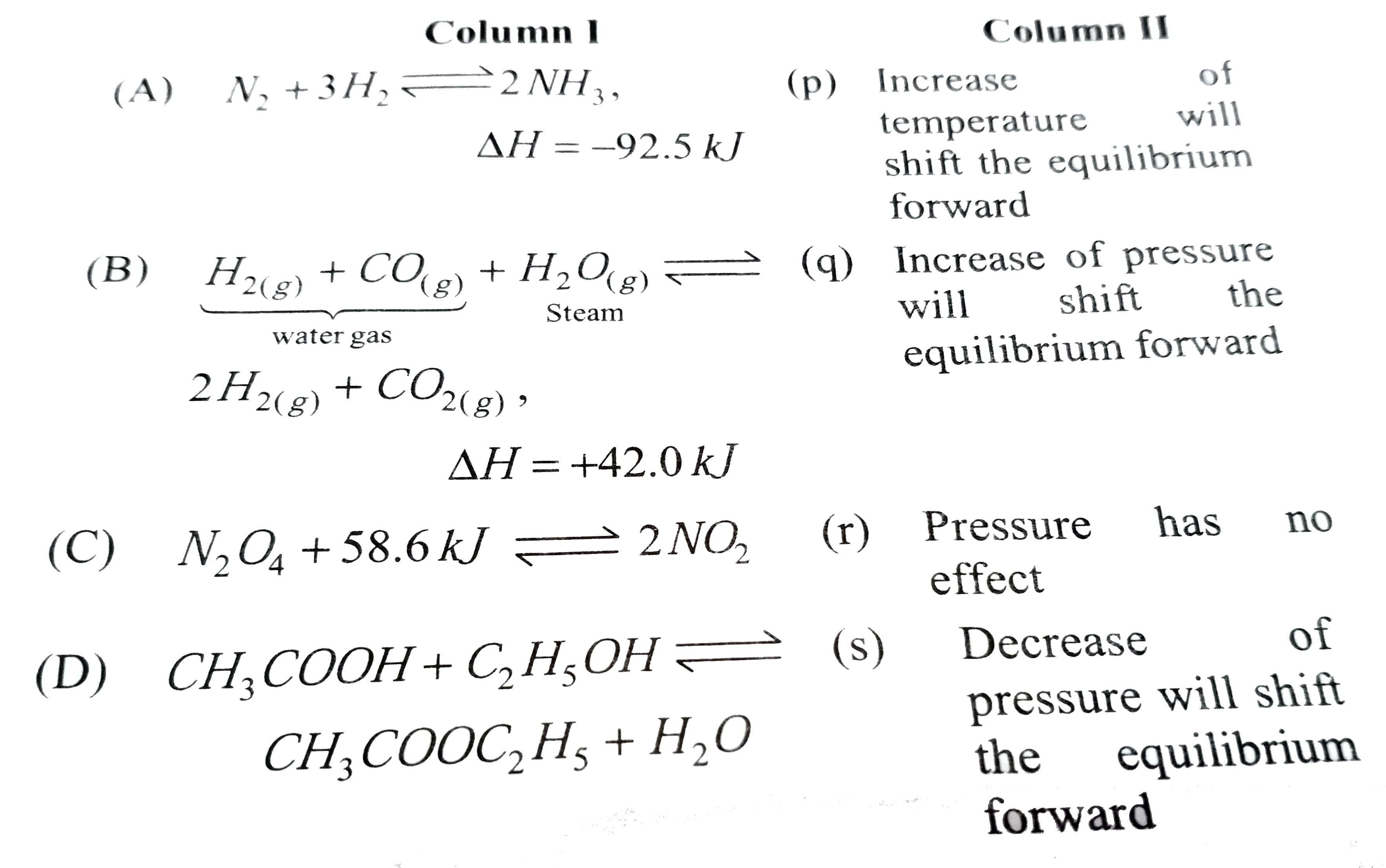
View SolutionA list of species having the formula XZ4 is given below XeF4,SF4,SiF4,BFΘ4,[Cu(NH3)4]2+,[FeCl4]2−,[CoCl4]2− and [PtCl4]2−
Defining shape on the basis of the location of X and Z atoms , the total number of species having a square planar shape is
View SolutionA list of species having the formula of XZ_(4) is given below XeF_(4), SF_(4), SiF_(4), BF_(4)^(-), BrF_(4)^(-), [Cu(NH_(3))4]^(2+),[FeCl_(4)]^(2-), [CoCl_(4)]^(2-) and [PtCl_(4)]^(2-) Defining shape on the basis of the locatiion of X and Z atoms, the total number of species having a square planar shape is
View SolutionWhich species having molecules have same molecular geometry?
I. CH4 II. BF3 III. NH+4 IV. SF4
View SolutionAmong the following , the species having square planar geometry for central atoms are
(i) XeF4
(ii) SF4
(ii) |NiCl4|2−
(iv)|PtCl4|2
View SolutionA list of species having the formula of XZ4 is given below XeF4,SF4,SiF4,BF−4,BrF−4,[Cu(NH3)4]2+,[FeCl4]2−,[CoCl4]2− and [PtCl4]2−
Defining shape on the basis of the locatiion of X and Z atoms, the total number of species having a square planar shape is
View Solutionसूत्र XZ4 वाले पदार्थो की सूची नीचे दी गयी है XeF4SF4,SiF4,BrF−4[Cu(NH3)4]2+[FeCl4]2−,[CoCl4]2− तथा [PtCl4]2−
View SolutionAmong the following the species having square planar geometry for central atom are (i) XeF_(4), (ii) SF_(4) (iii) [NiCl_(4)]^(2-) (iv) [PdCl_(4)]^(2-)
View SolutionSF4,CF4 तथा XeF4 की आणविक आकृतियाँ होती है -
View SolutionAmong the following, total number of planar molecule(s)/ions are : [PtCl_(4)]^(2-)," "[Ni(NH_(3))_(6)]^(2+),ICI_(4)^(-) , [NiCl_(4)]^(2-)," "[AgF_(4)]^(-), SF_(4)
View SolutionAmong the following, total number of planar molecule(s)/ions are : [PtCl_(4)]^(2-)," "[Ni(NH_(3))_(6)]^(2+),ICI_(4)^(-) , [NiCl_(4)]^(2-)," "[AgF_(4)]^(-), SF_(4)
View SolutionFind the number of sp^(3)d hybridised species. {:([XeF_(4)]^(2+),[ClF_(4)]^(+)),([SF_(5)]^(+),[IF_(2)]^(-)),([SiF_(5)]^(-),[XeF_(2)]),([SF_(2)]^(2-),[PF_(2)]^(3-)):}
View Solution

